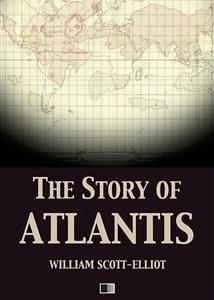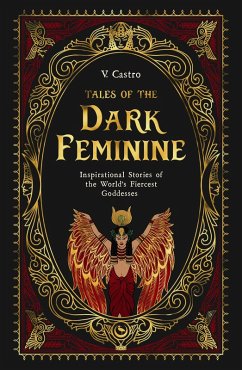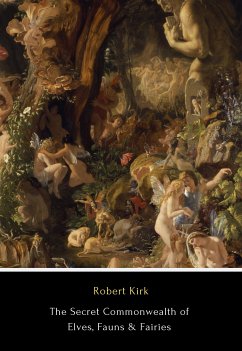
The story of Atlantis (eBook, ePUB)

PAYBACK Punkte
0 °P sammeln!
The destruction of Atlantis was accomplished by a series of catastrophes varying in character from great cataclysms in which whole territories and populations perished, to comparatively unimportant landslips such as occur on our own coasts to-day. When the destruction was once inaugurated by the first great catastrophe there was no intermission in the minor landslips which continued slowly but steadily to eat away the continent. Four of the great catastrophes stand out above the rest in magnitude. The first took place in the Miocene age, about 800,000 years ago. The second, which was of minor ...
The destruction of Atlantis was accomplished by a series of catastrophes varying in character from great cataclysms in which whole territories and populations perished, to comparatively unimportant landslips such as occur on our own coasts to-day. When the destruction was once inaugurated by the first great catastrophe there was no intermission in the minor landslips which continued slowly but steadily to eat away the continent. Four of the great catastrophes stand out above the rest in magnitude. The first took place in the Miocene age, about 800,000 years ago. The second, which was of minor importance, occurred about 200,000 years ago. The third--about 80,000 years ago--was a very great one. It destroyed all that remained of the Atlantean continent, with the exception of the island to which Plato gave the name of Poseidonis, which in its turn was submerged in the fourth and final great catastrophe of 9564 B.C.
Now the testimony of the oldest writers and of modern scientific research alike bear witness to the existence of an ancient continent occupying the site of the lost Atlantis.
Before proceeding to the consideration of the subject itself, it is proposed cursorily to glance at the generally known sources which supply corroborative evidence. These may be grouped into the five following classes:
First, the testimony of the deep-sea surroundings.
Second, the distribution of fauna and flora.
Third, the similarity of language and of ethnological type.
Fourth, the similarity of religious belief, ritual, and architecture.
Fifth, the testimony of ancient writers, of early race traditions, and of archaic flood-legends.
Now the testimony of the oldest writers and of modern scientific research alike bear witness to the existence of an ancient continent occupying the site of the lost Atlantis.
Before proceeding to the consideration of the subject itself, it is proposed cursorily to glance at the generally known sources which supply corroborative evidence. These may be grouped into the five following classes:
First, the testimony of the deep-sea surroundings.
Second, the distribution of fauna and flora.
Third, the similarity of language and of ethnological type.
Fourth, the similarity of religious belief, ritual, and architecture.
Fifth, the testimony of ancient writers, of early race traditions, and of archaic flood-legends.
Dieser Download kann aus rechtlichen Gründen nur mit Rechnungsadresse in A, B, BG, CY, CZ, D, DK, EW, E, FIN, F, GR, HR, H, IRL, I, LT, L, LR, M, NL, PL, P, R, S, SLO, SK ausgeliefert werden.













